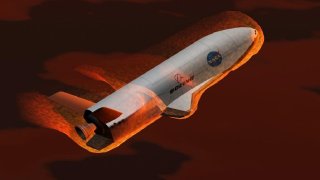The X-37B Could Be the U.S. Military's Secret Space Bomber
The X-37B, a spaceplane developed by Boeing and operated by the U.S. Space Force, is considered a possible military asset capable of significant strategic impact.
Summary: The X-37B, a spaceplane developed by Boeing and operated by the U.S. Space Force, is considered a possible military asset capable of significant strategic impact.
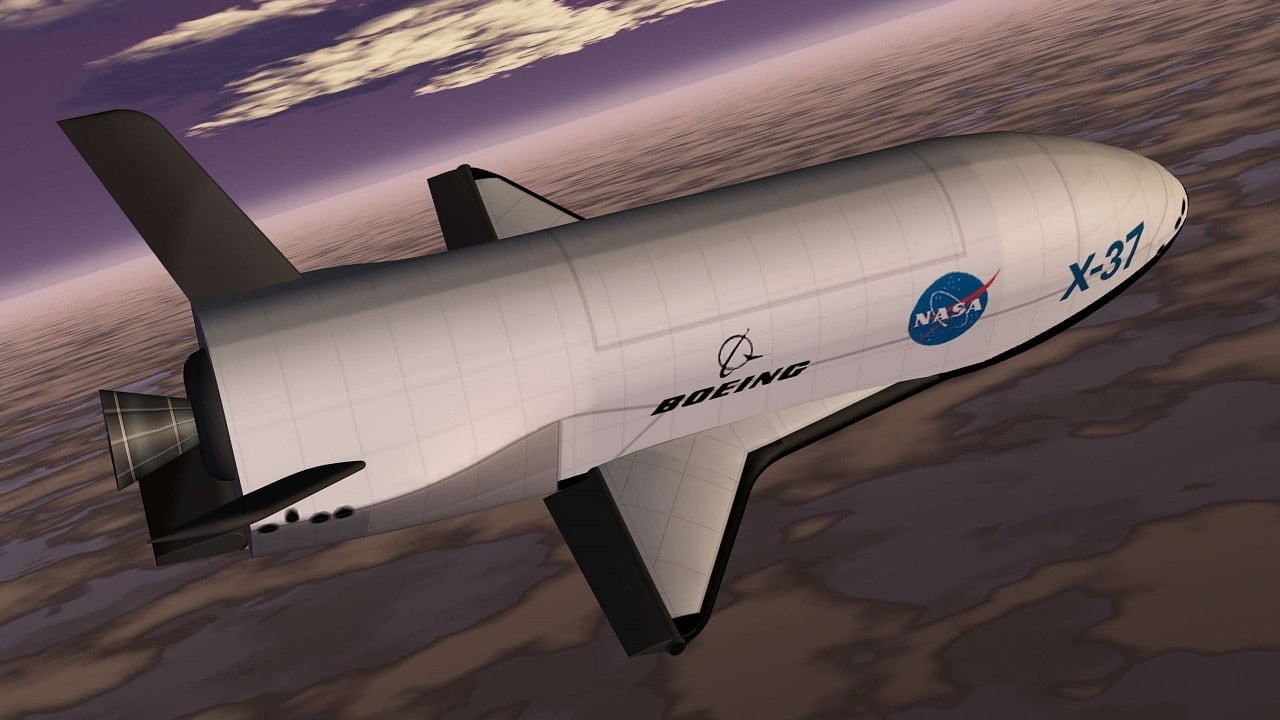
X-37B, A Space Bomber? Key Points to Consider from this Article
-Officially a platform for testing advanced space technologies, the X-37B has generated speculation about its potential military applications, including the ability to carry nuclear weapons, disrupt enemy satellites, and serve as an anti-ballistic missile defense system.
-Despite its covert missions and the uncertainty surrounding its capabilities, the X-37B's advanced technology and orbital maneuverability make it a key player in the U.S.'s space and military strategy, prompting calls for increased investment in the Space Force.
X-37B: The Spaceplane Keeping America's Adversaries Awake at Night
The X-37B is the one system the United States military possesses that keeps America’s enemies up at night. It’s the one platform that could, at least in theory, deliver disproportionate levels of damage upon the orbital systems of both China and Russia, as well as potentially complicate the safe operations of rival militaries on the Earth below.
The X-37B even broke records, despite denials it has military applications.
For example, this (let’s just call it what it is, in my humble opinion) space bomber (pinch me because it’s so dang cool) holds the record for longest mission duration of an orbital vehicle.
At 908 days performing what the military simply calls “Orbital Test Vehicle” (OTV) mission, the X-37B was floating silently above the Earth. No one quite knows what it was doing up there for 908 days. But we know that China was quite concerned about the mission it was conducting.
Officially, the X-37B is a test platform for experimenting with next-level space technologies. The Space Force labels the bird as a “spaceplane.” There are two units of this unique and history making bird in America’s inventory. It’s not all covert military missions for the X-37B. Between 2010 and 2022, there were six “OTV” missions.
Many of those missions were conducted alongside America’s civilian space agency, NASA. After all, the Boeing-built “spaceplane” is basically a miniature space shuttle.
It's also a space drone, again, in my opinion, proving how important automated technologies are not only among America’s terrestrial military branches, but in the new warfighting domain of space—the ultimate strategic high ground.
The X-37B Could Be A Nuclear Spacebomber
In 2021, Popular Mechanics shared a story about the president of the Russian defense firm, Almaz-Antey, Yan Novikov, who was convinced (and likely convinced Vladimir Putin and his ministers in Moscow) that the X-37B could carry nuclear weapons into orbit. At the time that Novikov made this claim, everyone in the Western press hated the statement.
I would argue something different: it is very likely that the covert mission of the X-37B is to test the capabilities and necessity of a possible space bomber.
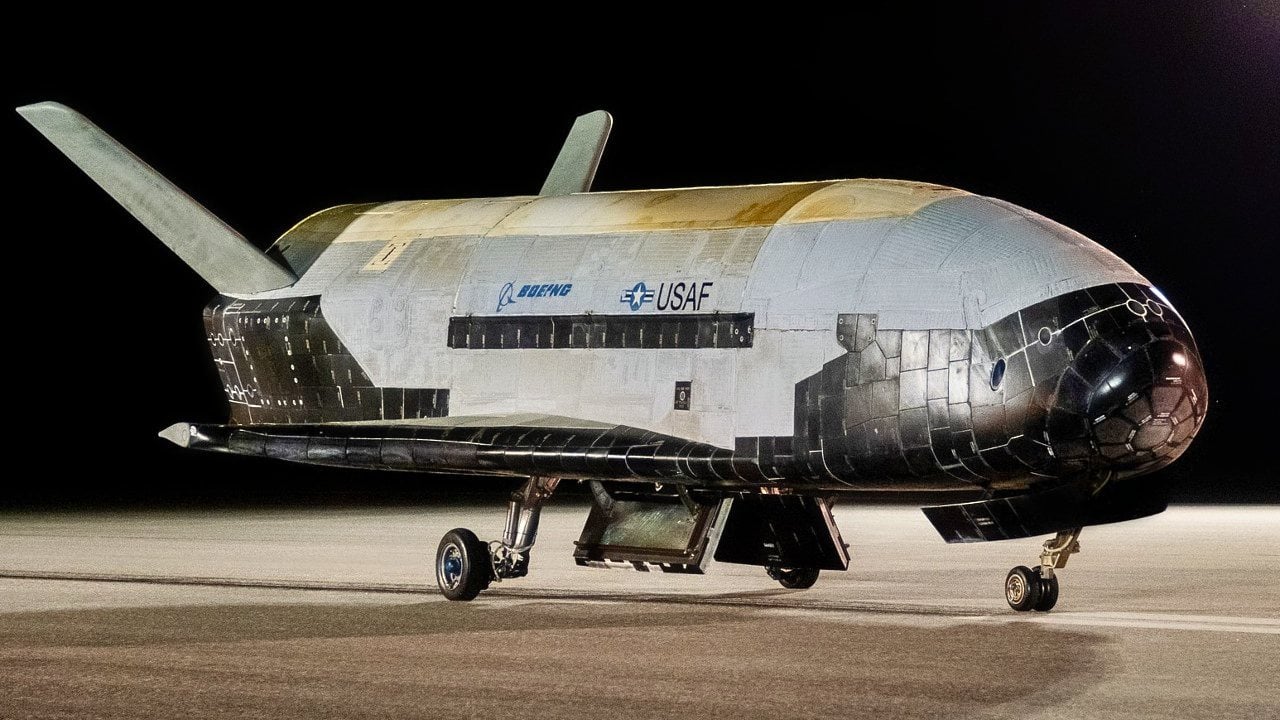
The fact of the matter is that the X-37B is basically an unmanned pickup truck to the stars. As such, its “truck bed” is more than spacious enough to fit a W-80 thermonuclear warhead inside of it.
Of course, the technical modifications that would have to be done to the tactical nuclear device might make the process far too cumbersome to be worth it. And, with only two X-37B units in existence (and no new units under development), the usefulness of the X-37B as a tactical nuclear weapons delivery system is limited.
Still, the Western assertion that Antinov’s comments were preposterous were, well, preposterous.
Of course, the X-37B can be outfitted with nukes. In fact, the one thing it could be very useful for would be orbital maneuvering. You see, terrestrial-based nuclear weapons are designed to travel the most efficient course to their intended targets.
Since both the United States and Russian Federation are northern hemispheric nations, the shortest and most effective route for their nuclear weapons travel would be from the north, traveling over the Arctic Circle and the North Pole.
Thus, most of Russia’s early warning radar detection systems are facing north. The X-37B being a “spaceplane” would not be locked into any particular trajectory as the American ICBM force is when launched.
Therefore, the Space Force could maneuver these nuclear-armed space bombers to attack Russia from a southern pole trajectory.
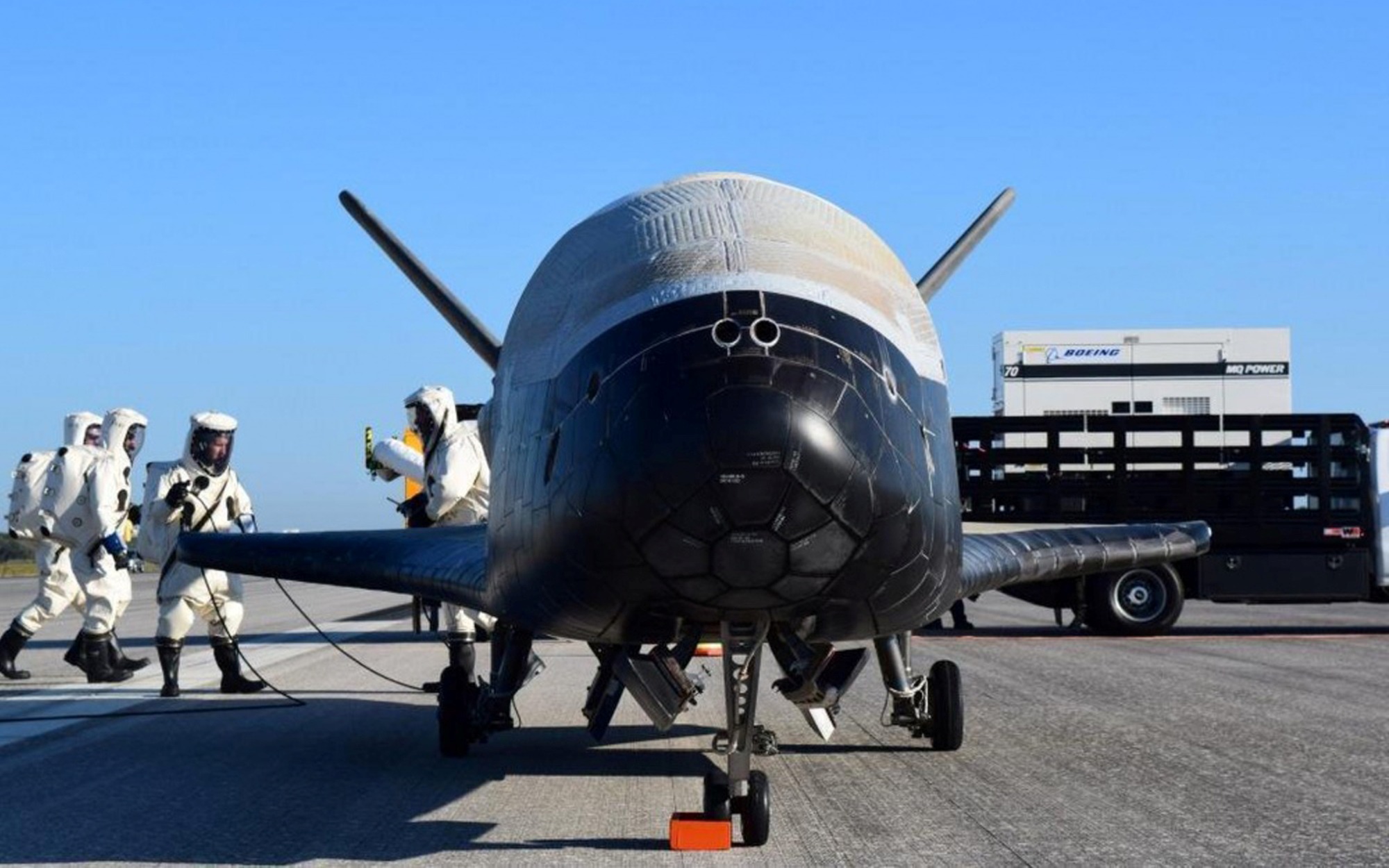
Commentators, such as Kyle Mizokami, who wrote the original Popular Mechanics article in 2021 downplayed the use of the X-37B as possible tactical nuclear weapons delivery systems because, in his estimation, dropping a single (or even two) tactical nuclear warheads of targets within Russia would hardly disable—or even degrade—Russia’s concomitant nuclear threat to the United States and the West.
But this misses the point of a space bomber.
Russia's Response to the X-37B: FOBS
Indeed, this was the idea behind the old Cold War-era Fractional Orbital Bombardment System (FOBS) that both the United States and Soviet Union were feverishly developing in the 1980s (some conspiracy theorists claim the systems were not only successfully developed but deployed in orbit in the closing years of the Cold War).
Regardless, the idea behind FOBS was to place nuclear weapons in a southern polar orbit to catch the Soviets off-guard. Recently, there was much hand wringing over the likelihood that Russia deployed an offensive satellite into orbit.
It was likely a FOBS satellite.
A nuclear-armed X-37B may not negate the Russian nuclear threat to the West, but as a means for launching a decapitation strike, the space bomber concept could be quite effective.
Of course, with the deployment of Russia’s FOBS into orbit, Moscow now likely has the capability to do the same to the United States.
X-37B and "Rods from God"
Even if nukes were not deployed from a weaponized X-37B, the “spaceplanes” can be used as an effective orbital attack platform. For example, the X-37B could be used to deliver tungsten rods from orbit onto targets below.
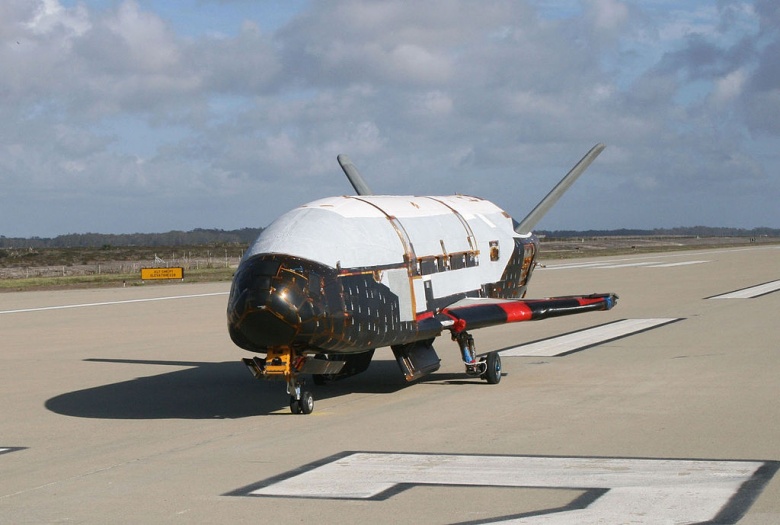
This is the old “Rods from God” Cold War era concept. The tungsten rods would be launched from a certain orbit, using Earth’s gravity for thrust, and would slam into targets below with the same level of destruction as a small nuke—but without the radioactive fallout.
The X-37B Serves as an Anti-Ballistic Missile Defense System in Orbit
Or, the X-37B could be maneuvered in a defensive formation meant to serve as anti-ballistic missile defense system. In a similar vein, the X-37B may be America’s “ace-in-the-hole” when it comes time to overriding China’s anti-access/area-denial (A2/AD) capabilities.
The A2/AD capability allows for China to field thousands of missiles, rockets, and perhaps even hypersonic weapons all tailored to decimate US airbases in the region and prevent US Navy surface warships—notably the aircraft carrier—from getting in close to China’s shores during a geopolitical crisis.
The X-37B could target and disrupt or destroy the Chinese satellites and sensors that make their Dong-Feng 21D “Carrier Killer” missile such a threat to US flattops. The X-37B could get in close to the Chinese satellites and knock them out, rendering China’s biggest threat to the US Navy’s surface power projection null-and-void.
Basically, the United States Space Force needs a fleet of these birds and Congress needs to enforce budgetary discipline upon the other ravenous branches of the United States Armed Forces. The Space Force is hands down the most important branch of the modern US military.
Yet, it has been given a paltry budget, lacks an adequate doctrine for space dominance, and has been left to the Diversity, Equity, and Inclusion crowd.
The longer the US stops wasting its money on sixth-generation warplanes or Ford-class supercarriers, and supports instead the robust development of Space Force’s offensive capabilities, the better off the United States will be.
About the Author
Brandon J. Weichert, a National Interest national security analyst, is a former Congressional staffer and geopolitical analyst who is a contributor at The Washington Times, the Asia Times, and The-Pipeline. He is the author of Winning Space: How America Remains a Superpower, Biohacked: China’s Race to Control Life, and The Shadow War: Iran’s Quest for Supremacy. His next book, A Disaster of Our Own Making: How the West Lost Ukraine, is due October 22 from Encounter Books. Weichert can be followed via Twitter @WeTheBrandon.
All images are Creative Commons.


